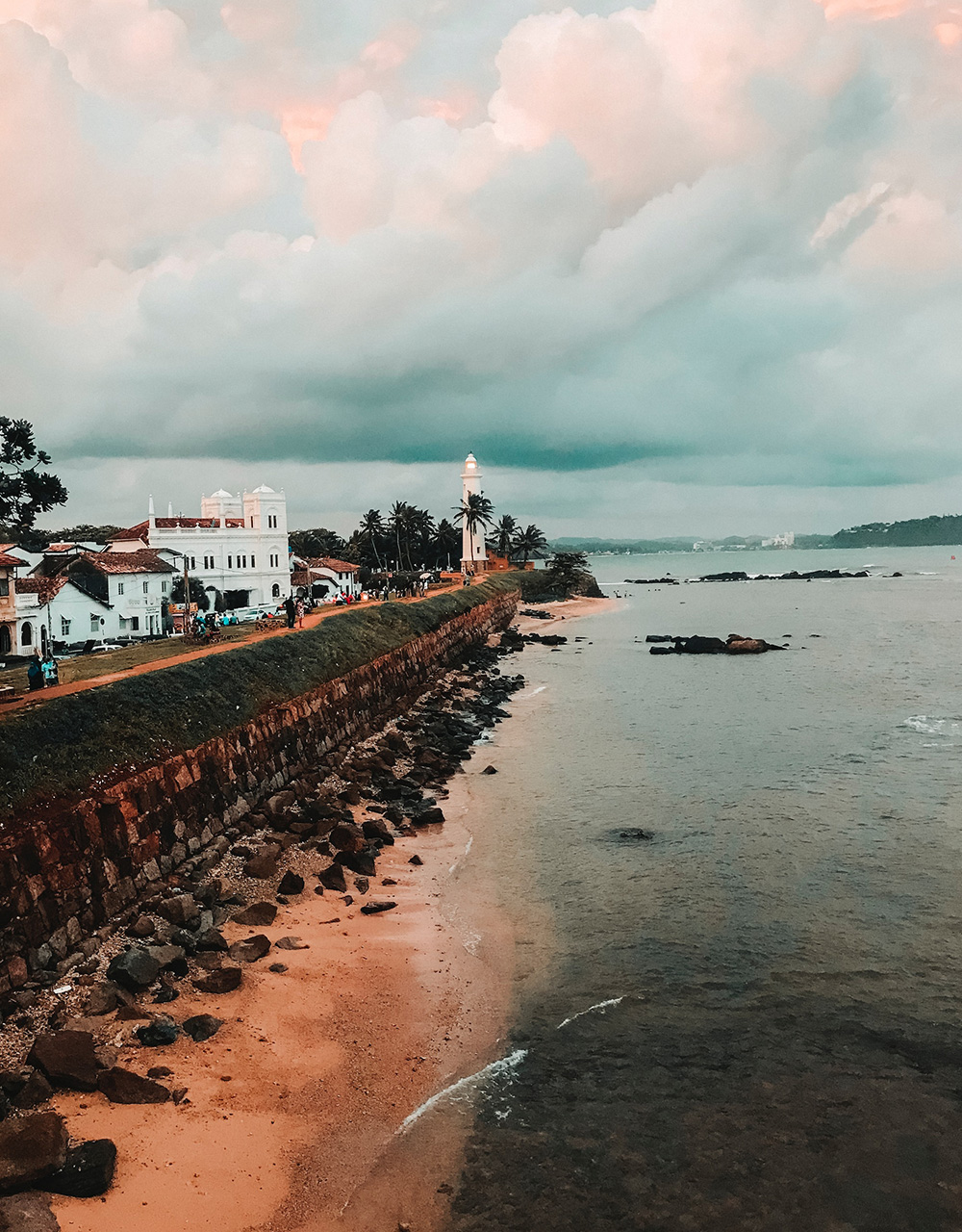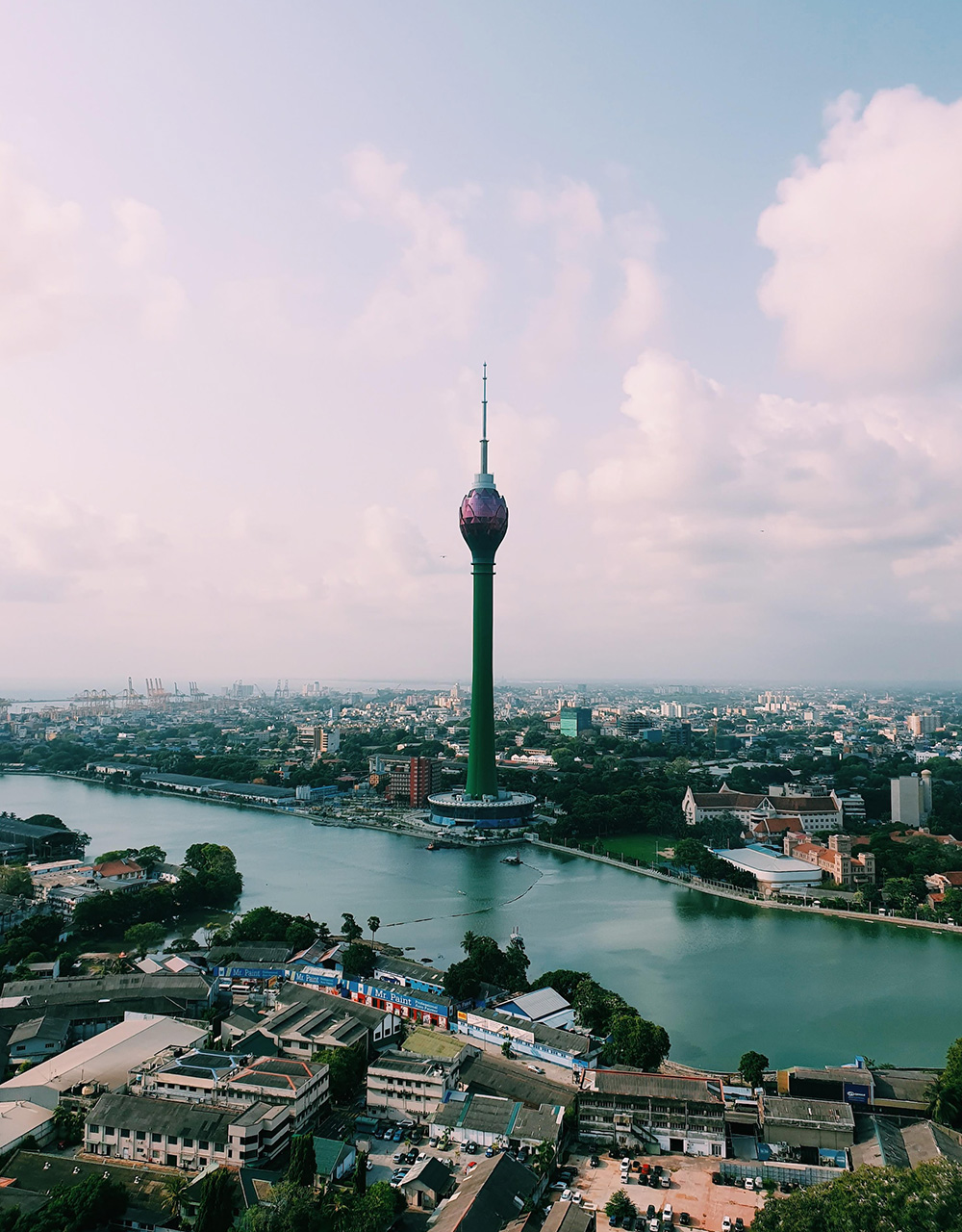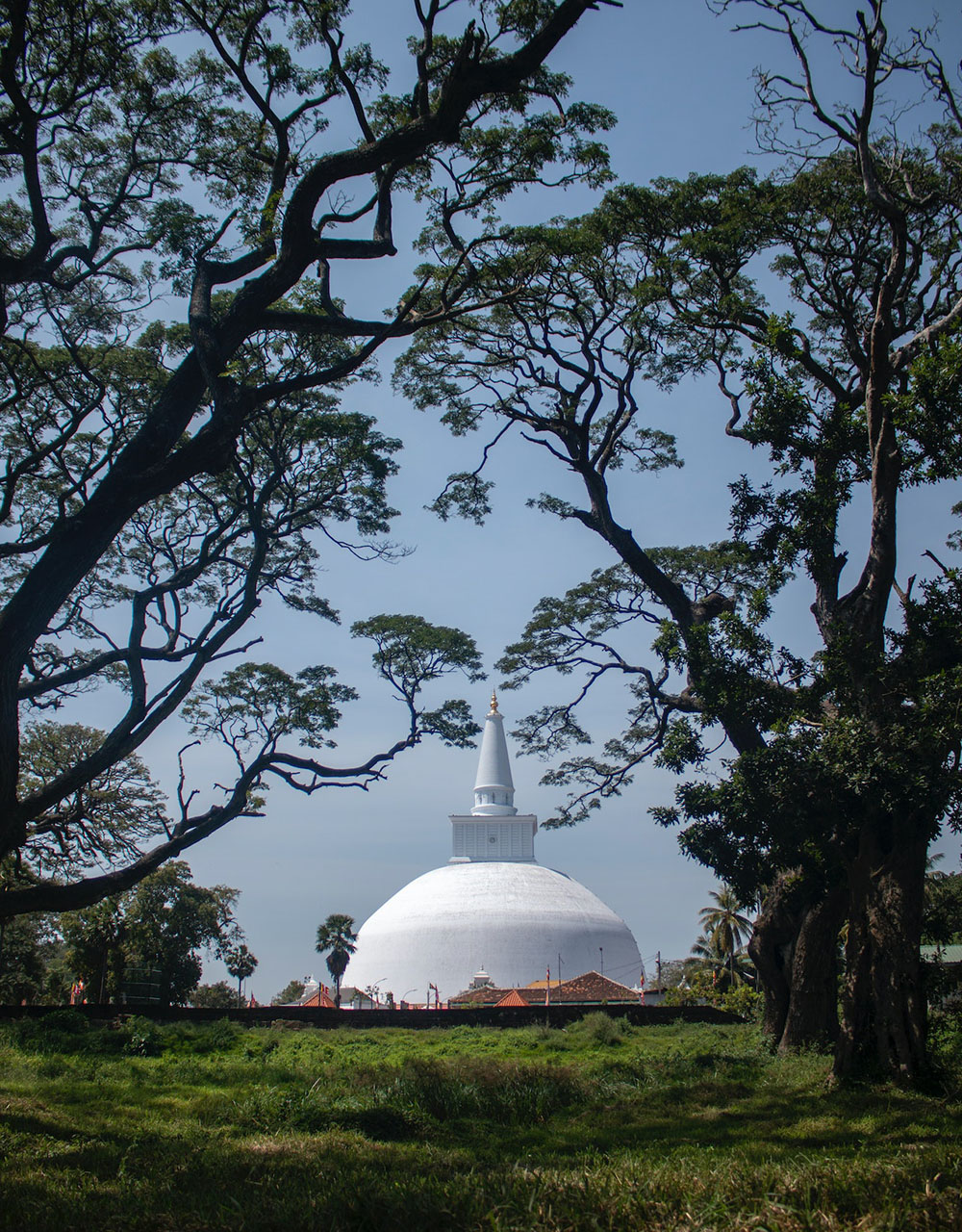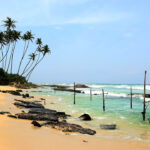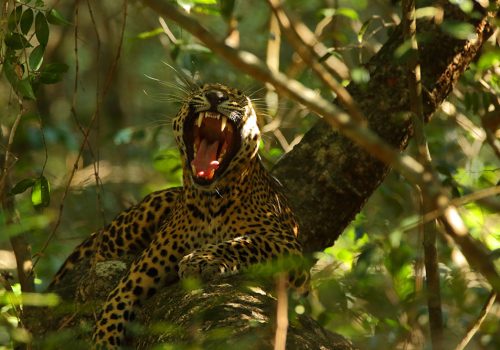Galle
Colombo
Ella
Anuradhapura
Nuwaraeliya
Discover Galle’s mesmerizing beauty, where colonial and Sri Lankan architecture blends seamlessly, and Explore the vibrant streets adorned with colorful buildings with us.
Colombo, the bustling capital city of Sri Lanka, is a perfect blend of modernization and historical charm, with its skyscrapers standing alongside colonial-era buildings.
Nestled in the picturesque hill country of Sri Lanka, Ella offers a range of activities for nature lovers, including hiking to stunning waterfalls, tea plantation tours, and panoramic views from the famous Ella Rock.
Anuradhapura is a city in Sri Lanka known for its rich history, ancient ruins, and religious significance, making it an ideal destination for those interested in exploring the country’s past and culture.
Nuwara Eliya, also known as “Little England”, offers a unique travel experience with its cool climate, scenic tea plantations, and colonial architecture.

About Of
Aviyana Ceylon
In 2017, Aviyana Ceylon Tours embarked on the exploration of the scenic wonders of the renowned pearl of the Indian Ocean, Sri Lanka. The dedicated team, under the guidance of its founder, took pride in leading the inspired group towards a captivating and reliable journey, intending to provide a mesmerizing experience and trusted service to its clientele. The Aviyana Ceylon Tours team is eagerly anticipating the opportunity to offer you an exceptional experience, attentively listening to your needs and promptly responding to your requests.
Feature Tours
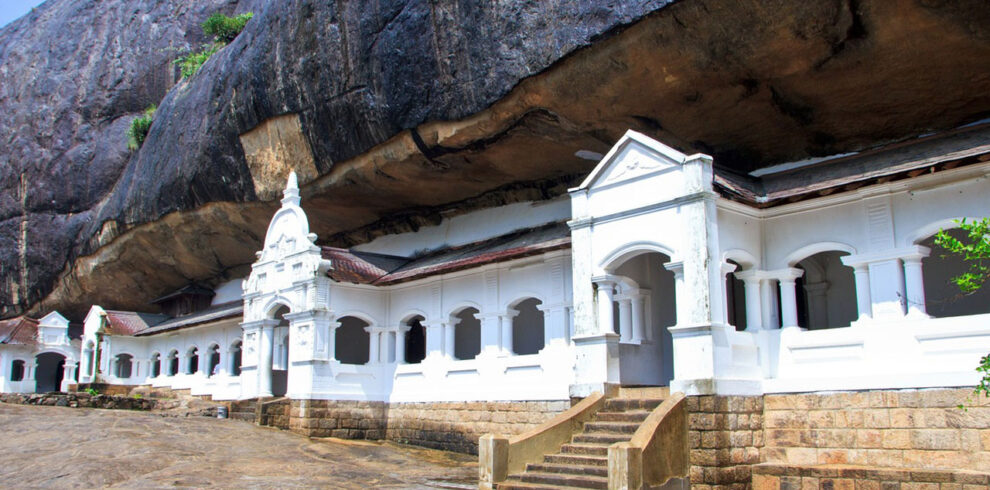
This exciting five-day itinerary introduces you to some of Sri Lanka's most beloved cultural monuments and natural wonders. Starting at...

From sacred Buddhist temples to rugged mountains, this six-day tour will take you through the best Sri Lanka offers. Split...
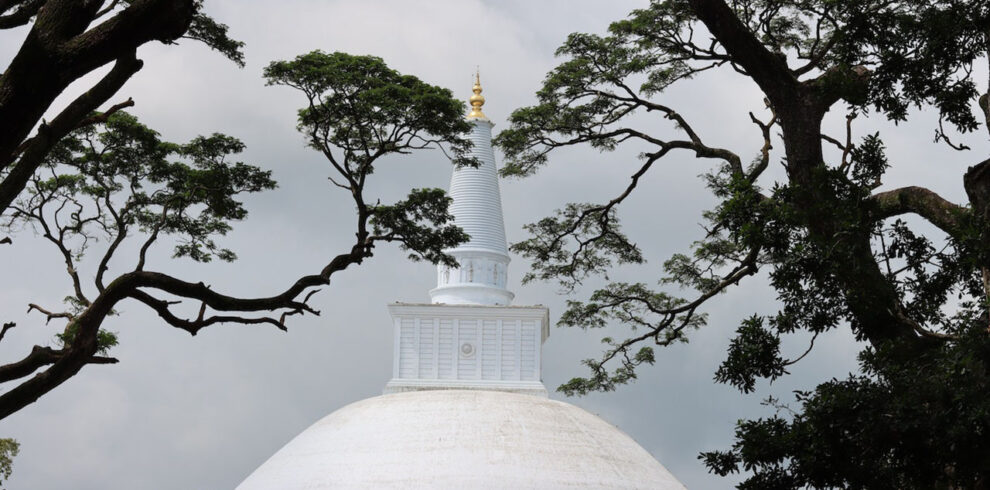
Visit ancient cities that make up the Cultural Triangle of Sri Lanka reflecting upon an epic period when kings ruled...
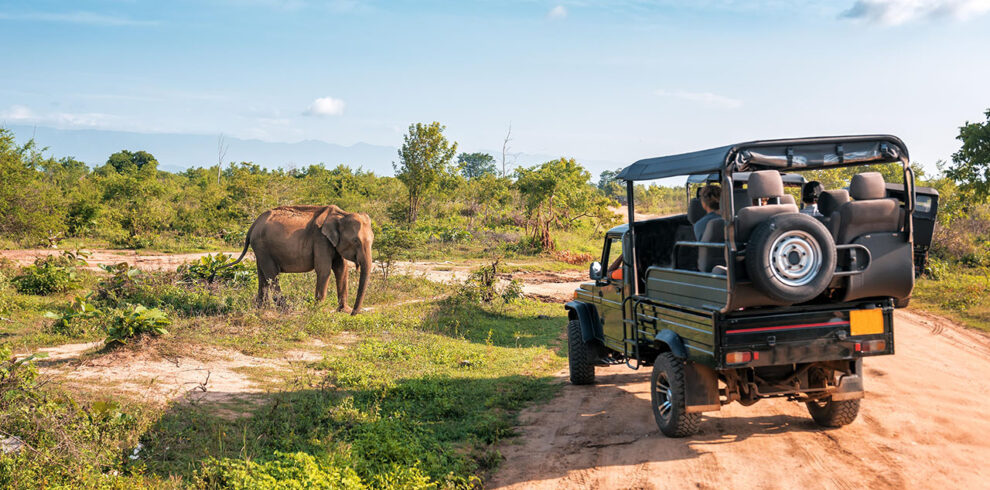
This eight-day adventure will take you to Sri Lanka's must-see highlights. Learn about Negombo's colonial past, climb Sigiriya's rock fortress,...
What are you interested in?
Popular Destinations
Nuwaraeliya
Anuradhapura
"Step into the tapestry of Sri Lanka's diverse landscapes, where lush green mountains meet golden shores, and be prepared to fall in love with its natural wonders"
Traveler's experience










About Of
Get Quote
Plan your dream trip to Sri Lanka with personalized itineraries, expert guidance, and transparent pricing. Book securely online and enjoy 24/7 customer support. Start your unforgettable adventure now!

